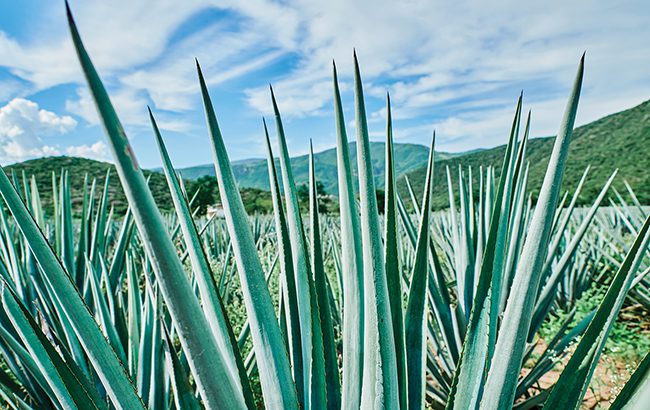Agave spirits ‘underperform’ in California
By Nicola CarruthersSpirits volumes in California declined by 9% between 2019 and 2024 as agave growth “significantly” lagged behind the rest of the US from 2021.

IWSR’s US Navigator database noted that California has seen a post-Covid decline in spirits consumption that has not been replicated across the rest of the US.
This has been attributed to the ‘underperformance’ of agave spirits, while higher-priced beer, wine and spirits have been ‘resilient’ and ready-to-drink (RTD) products are booming.
Spirits volumes in California declined at a steeper rate than the rest of the US between 2019 and 2024, falling by 9% in the state compared to 3% nationwide.
“While California’s spirits volumes have declined since 2019, the rest of the US has shown more resilience,” said Marten Lodewijks, president of US at IWSR.
“In 2024, US spirits volumes excluding California remained above 2019 levels – but California is dragging the national figures down.
“Its underperformance is not reflective of broader category weakness, but more likely a state-specific consumer shift or economic pressures.”
IWSR noted a number of factors for the differing picture for spirits in California compared to the US, including the underperformance of agave spirits, sharper declines for vodka and flavoured spirits, and softer market trends for whisky, brandy and gin.
“The data shows that California’s agave growth significantly lags the rest of the US from 2021,” Lodewijks explained. “In some quarters, agave volumes in California fell sharply relative to 2019, while volumes in the rest of the US remained stable or grew.”
IWSR highlighted that core Tequila such as blanco/silver and oro/gold ‘consistently underperform in California, with steep declines dragging down overall category volumes’.
However, it noted that ‘niche and premium styles, like cristalino and flavoured Tequilas, are ‘holding up or even thriving, outpacing national growth trends’.
“While cristalino and flavoured Tequila are growing in California, their base volumes are relatively small, and they are not enough to compensate for broader losses in mainstream options such as blanco or gold,” Lodewijks said.
“More generally, RTDs and no/low-alcohol are disproportionately strong in California, so drinkers may be substituting away from spirits, and especially vodka and whisky.
“Meanwhile, wellness-oriented consumers, particularly in coastal metro areas, may be moderating or moving to lighter formats more aggressively than in other states.
“The spirits slowdown in California should not be seen as a rejection of the category, but as a reflection of shifting consumer priorities. Legacy formats like standard Tequilas are losing traction, while niche expressions are growing, but cannot carry the category on their own.”
Global spirits volumes in 2024 declined by less than 1% (excluding national spirits), which IWSR described as the ‘best category performance after RTDs and cider’.
The performance of spirits was hit by a 4% volume drop in the US last year, where agave spirits were the only major subcategory to grow.
According to data from the Distilled Spirits Council of the US, agave spirits volumes grew by 2% in 2024 to 32.3 million cases. Its the third-biggest spirits category in the US, with only cocktails/RTDs and vodka ahead.
RTD volumes nearly double
Unlike spirits, IWSR noted that wine, beer and RTDs in California have been broadly in line with the wider US market.
RTD volumes skyrocketed by 87% in the US in the five years to 2024, with California outpacing growth with 89% over the same timeframe.
Premium RTDs have tripled their volumes since 2019, IWSR noted.
“California is at the forefront of RTD gains across all price tiers,” said Lodewijks. “This extremely robust growth makes RTDs a critical driver of category switching, and an increasingly premiumised market segment, with strong opportunities for new, upscale RTD offerings.”
Globally, RTDs posted a volume gain of 2% in 2024, with all of the top 20 markets expanding, except for Australia, China, India and the UK.
Between 2019 and 2024, wine volumes plunged by 14% in California and by 15% in the US.
Beer also suffered a 14% drop in California over the same period, and a 13% contraction nationwide.
Related news
Johnnie Walker refocuses Keep Walking campaign
